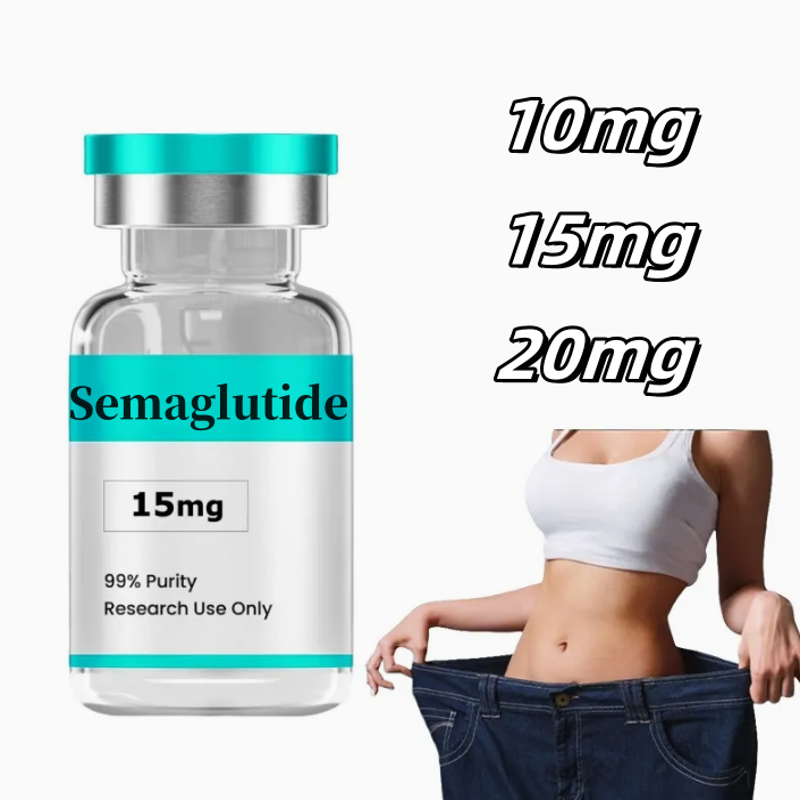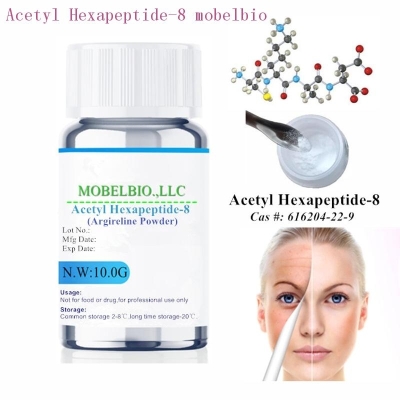Fluorescent peptides may be able to detect early esophageal cancer
-
Last Update: 2013-10-30
-
Source: Internet
-
Author: User
Search more information of high quality chemicals, good prices and reliable suppliers, visit
www.echemi.com
Xinhua news agency, Washington, May 8 (Reporter Lin Xiaochun) a new imaging technology using fluorescent peptide may be used to detect early esophageal cancer, which can help early intervention treatment and improve the survival rate of patients, according to a new study in the United States Researchers from the University of Michigan and other institutions reported in the Journal of Science Translational Medicine on August 8 that they sprayed fluorescent peptides on suspected pathological areas of esophageal tissue in 25 patients, and then used endoscopy to image these areas The results showed that the fluorescent peptide could make the precancerous and cancerous tissues bright, while the normal tissues remained dark Many patients with esophageal cancer are in the late stage when they are found The reason why it is difficult to find this cancer early is that the lesions are usually flat structure, which has no significant characteristics different from normal tissue The team said they developed a fluorescent labeled synthetic peptide that specifically binds to precancerous lesions (Barrett's esophagus) and cancerous esophageal tissue, and has the ability to display flat cancerous lesions, making it possible to detect esophageal cancer early Barrett's esophageal disease is caused by the reflux of gastric juice into the esophagus, in which the acid damages the epidermis at the lower end of the esophagus Some esophageal cancers are developed from this disease, so it is often regarded as precancerous lesions In the brief introduction of the paper, the editor of Science Translational Medicine commented that the fluorescent peptide is non-toxic to human and animals and can be used safely The new results pave the way for noninvasive tissue examination of esophageal cancer, and may enter clinical application in the near future.
This article is an English version of an article which is originally in the Chinese language on echemi.com and is provided for information purposes only.
This website makes no representation or warranty of any kind, either expressed or implied, as to the accuracy, completeness ownership or reliability of
the article or any translations thereof. If you have any concerns or complaints relating to the article, please send an email, providing a detailed
description of the concern or complaint, to
service@echemi.com. A staff member will contact you within 5 working days. Once verified, infringing content
will be removed immediately.







